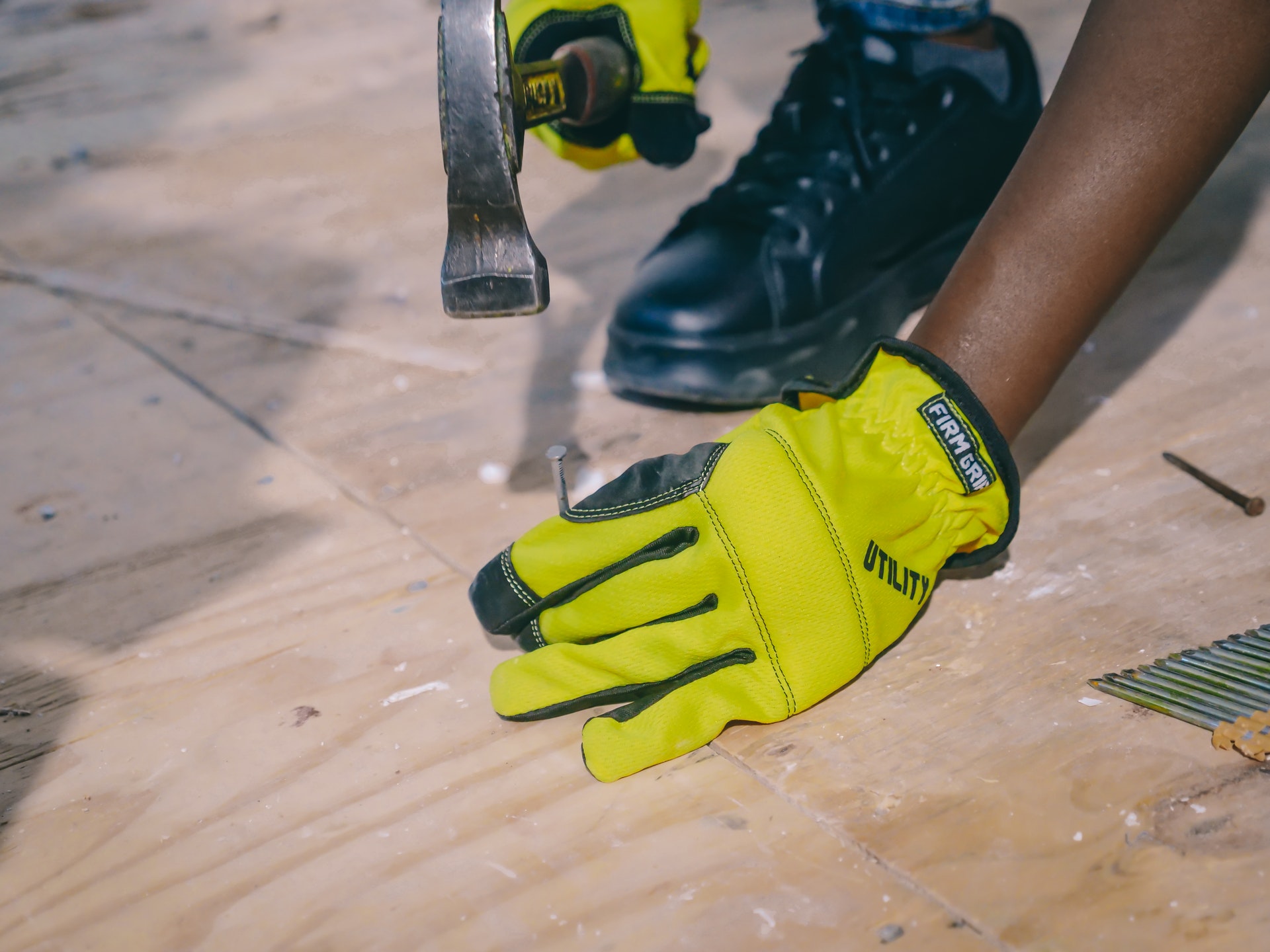One of the pervasive and debilitating physical risks for California construction workers is repetitive motion injuries, sprains, and strains, otherwise known as MSDs or Musculoskeletal Disorders. Unfortunately, the nature of construction work makes it nearly inevitable that a high percentage of workers will suffer from tendonitis, bursitis, carpal tunnel syndrome, or some other form of MSD. The Bureau of Labor Statistics estimates that nearly 40% of all construction injuries fall into the category of Musculoskeletal Disorders.
These injuries are costly for both employers and workers. According to the Liberty Mutual Workplace Safety Index, employee compensation for MSD injuries topped $50 billion in 2009. Without question, mitigating these injuries needs to be a top priority for the construction industry.
The best and possibly the most common-sense solution to preventing MSD injuries is ergonomics. Simply put, applying ergonomics in construction means making sure that the human body can meet the demands of the workplace – in other words, fitting the job to the worker. For managers, this means ensuring that tools, equipment, and job assignments are well designed and fit the physical capabilities of their employees.
Some of the most common construction tasks that cause pain include:
- Roofing
- Hammering
- Installing carpet
- Drilling overhead
- Lifting sheetrock
- Lifting mason bricks
In these instances and any other jobs that cause physical pain, OSHA suggests performing an ergonomic job analysis to determine what job element is putting the worker at risk of an MSD injury. Most often, the motions causing the worker harm include repetitive movements, pushing or pulling, lifting something heavy, bending the neck or back, or reaching overhead.
Other risk factors that can cause MSD injuries include extreme temperatures, awkward postures, excessive force, vibration, and poor work organization.
No one solution will solve every workplace injury risk. However, construction companies can make a good start by providing personal protective equipment (PPE) as well as better tools and materials. In addition, work methods, work organization, and MSD training programs should be reviewed, revised, and upgraded as necessary.

